
Fig 1: Paediatric Trigger Thumb
What is paediatric trigger thumb?
Paediatric trigger thumb is a condition seen in children where the thumb is locked in a flexed position and cannot be straightened (Figure 1). It is a fairly common condition affecting about 3 per 1,000 children below the age of 1 year. In about 25% children the deformity affects both hands.
2. What causes paediatric trigger thumb?
The flexor pollicis longus (FPL) tendon on the volar aspect of the thumb is covered by it’s tendon sheath (Figure 2).
In Paediatric trigger thumb, the tendon of flexor pollicis longus (FPL) is thickened due to abnormal collagen degeneration and synovial proliferation. The thickened tendon can be felt at the base of the thumb and is called “Notta’s node”. The exact cause for this is not known. Due to this, the tendon gets entrapped within the surrounding sheath (Figure 3).

Figure 3: Paediatric Trigger Thumb

Figure 2: Flexor Pollicis Longus with tendon sheath
3. What are the clinical features of Paediatric trigger thumb?
Paediatric trigger thumb usually begins with thumb triggering, that is, on flexing the thumb, the Inter-Phalangeal joint gets stuck in a position of flexion, however with passive extension the thumb opens out with a “snap”.
Over a period of time, the condition progresses to a “locked trigger thumb”. Once that happens, the thumb is locked in a flexed position and cannot be straightened to an extended position. Locking typically occurs around the age of one year. As mentioned earlier, the “Notta’s node” can be palpated at the thumb base (Figure 4).
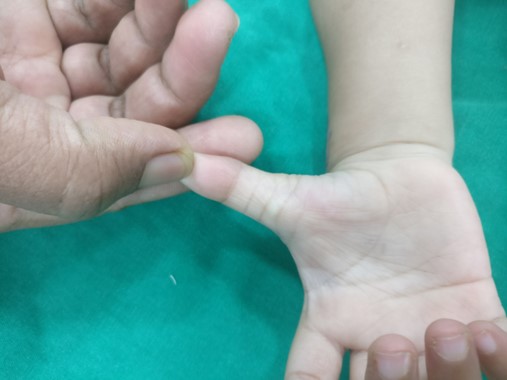
Figure 4: Locked Paediatric Trigger Thumb with Notta’s node
Xrays done in Paediatric trigger thumb are normal as there is no bony abnormality.
What is the treatment of Paediatric trigger thumb?
When a child with Paediatric trigger thumb is first seen, non-operative treatment may be initially attempted. Non-operative treatment consists of physiotherapy, stretching exercises and splints/taping to maintain the thumb in a straightened position. Non-operative treatment is successful in almost 50% children seen before the age of one year and when the thumb is not yet locked.
However, operative treatment is needed once the thumb is locked. Surgery in Paediatric trigger thumb consists of A1 pulley release wherein the sheath surrounding the FPL tendon is released and the entrapped tendon is freed.
Results of surgery are extremely good and recurrence / complications after this surgery are rare.

Fig 3: Surgery for Paediatric trigger thumb, A1 pulley tendon sheath released, FPL tendon freed
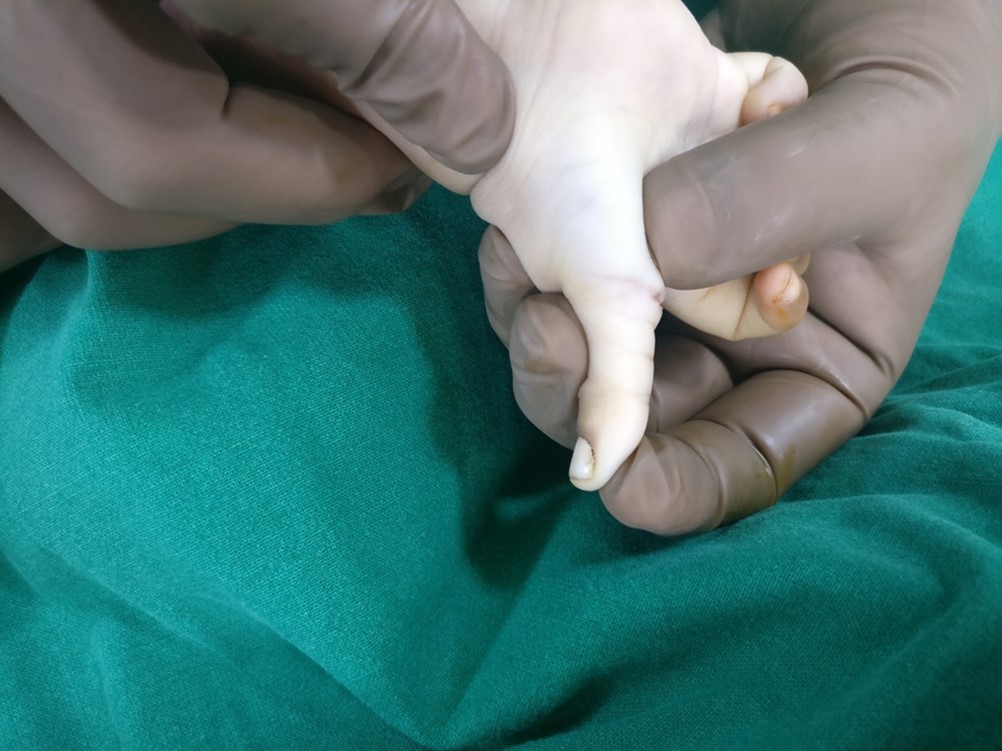
Fig 4: Correction of Paediatric trigger thumb after surgery
Paediatric Trigger Fingers
In children, triggering involving fingers other than the thumb are much rarer and more complex than Paediatric trigger thumb. Often multiple fingers are involved. Children with Paediatric trigger fingers may have underlying conditions like hypothyroidism or muco-polysaccharidosis.
In Paediatric trigger finger, apart from the thickened tendon, additional pathologies like accessory slips of flexor tendons may be present.
Paediatric trigger fingers usually present with snapping of fingers (that is, fingers get “stuck” in flexed position and snap open on active/ passive extension). Paediatric trigger fingers almost never progress to stage of “locking”.
Initial treatment of Paediatric trigger fingers consists of stretching/ splinting/ physiotherapy.
If this doesn’t resolve, then surgery is needed.
Surgery of Paediatric trigger finger should correct these pathologies in addition to release of the tendon sheath.
Recurrence following treatment for Paediatric trigger finger is more frequently seen than in Paediatric trigger thumb.
If you have any queries, please mail at drsvvaidya@gmail.com
DR SANDEEP VAIDYA
DIRECTOR, CHILDREN’S ORTHOPAEDIC SERVICES
PINNACLE ORTHOCENTRE, THANE
E-MAIL: drsvvaidya@gmail.com

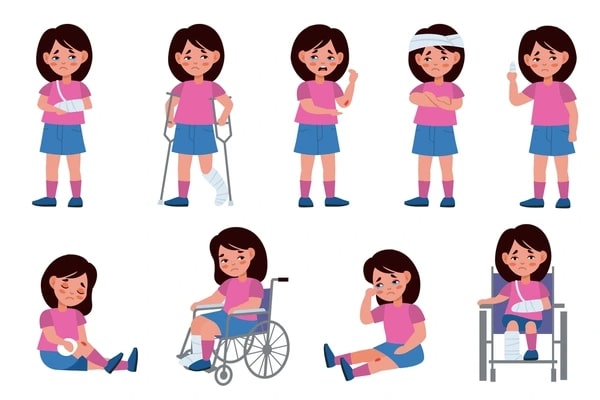

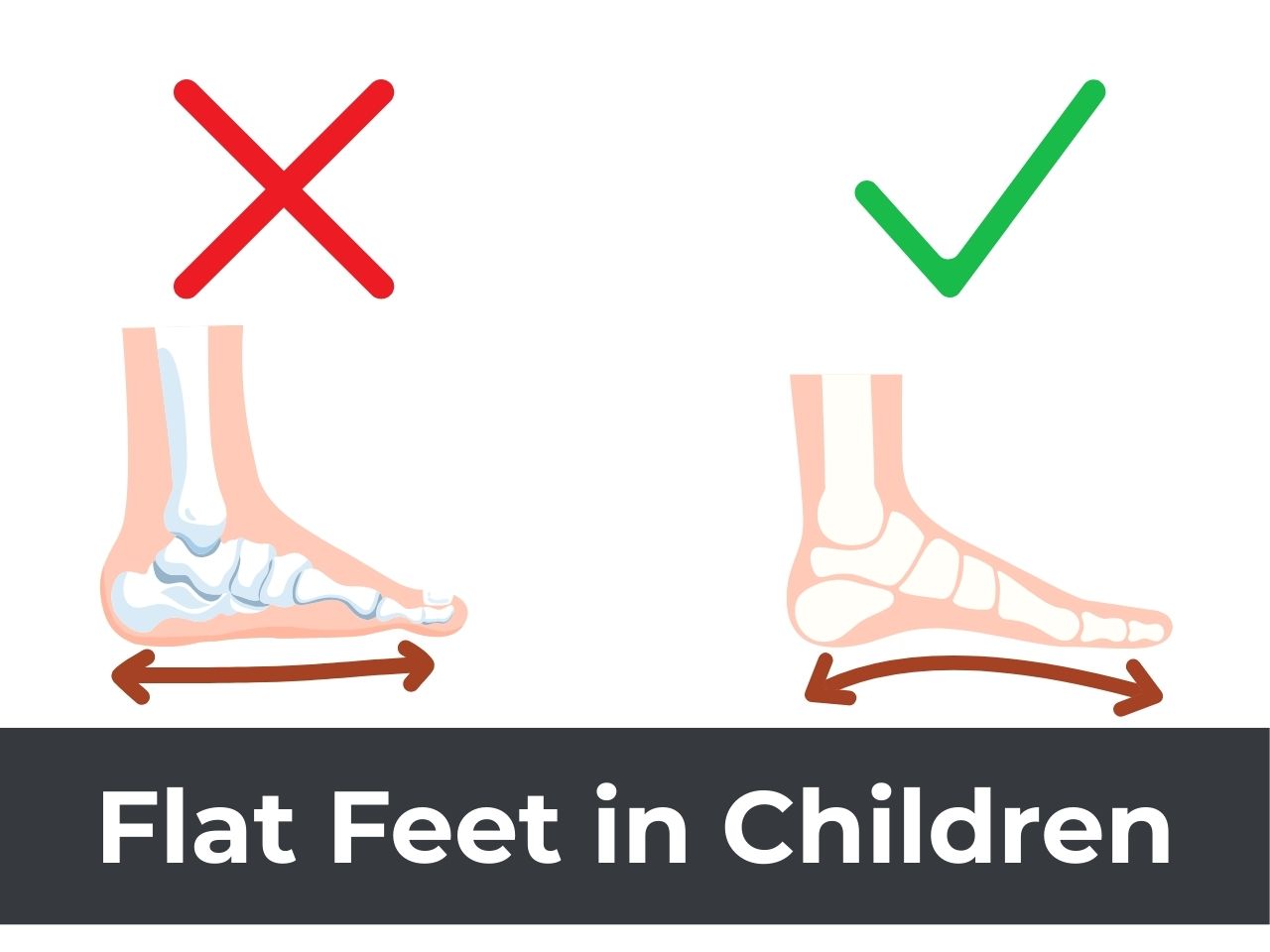

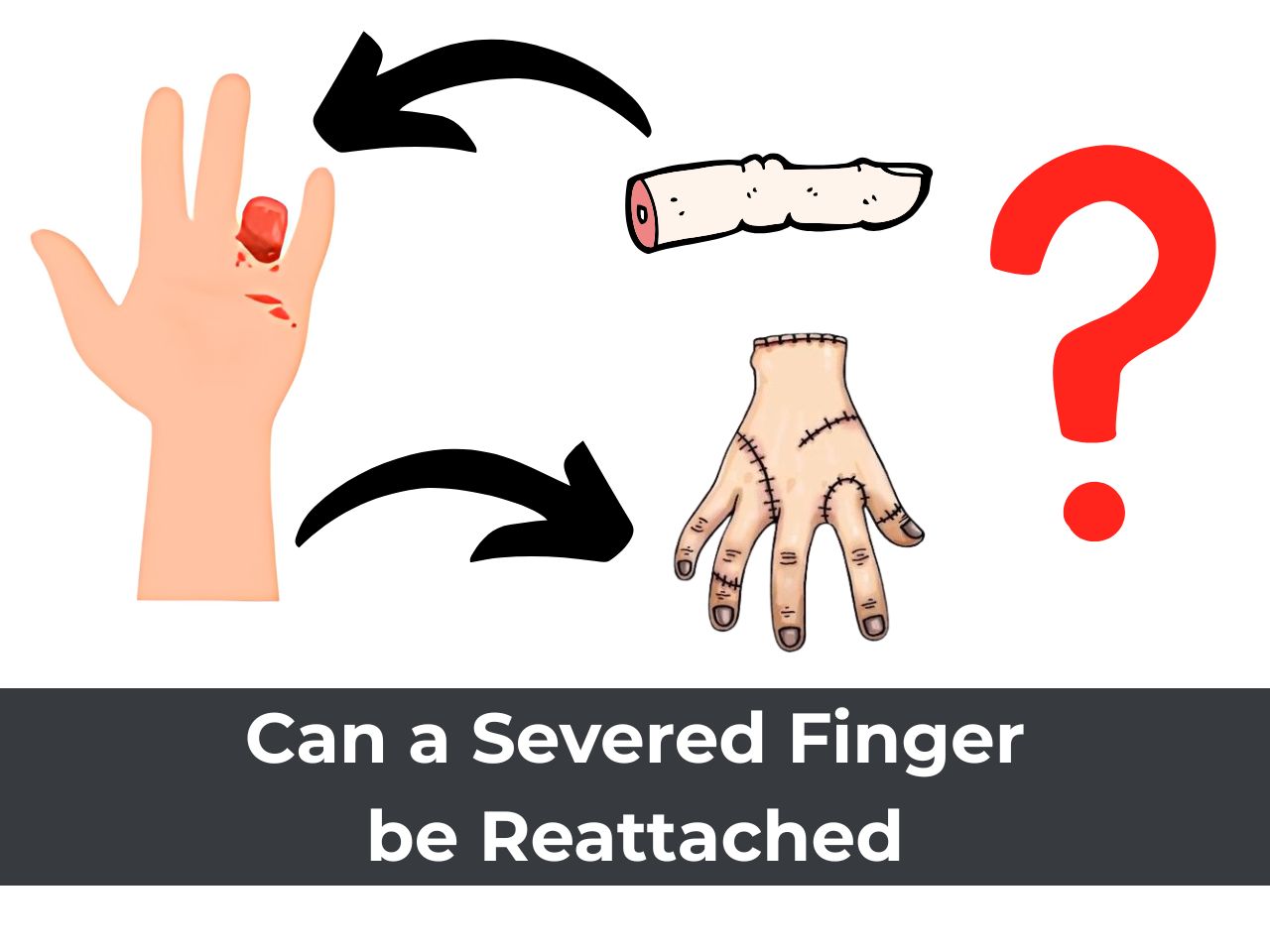
0 Comments